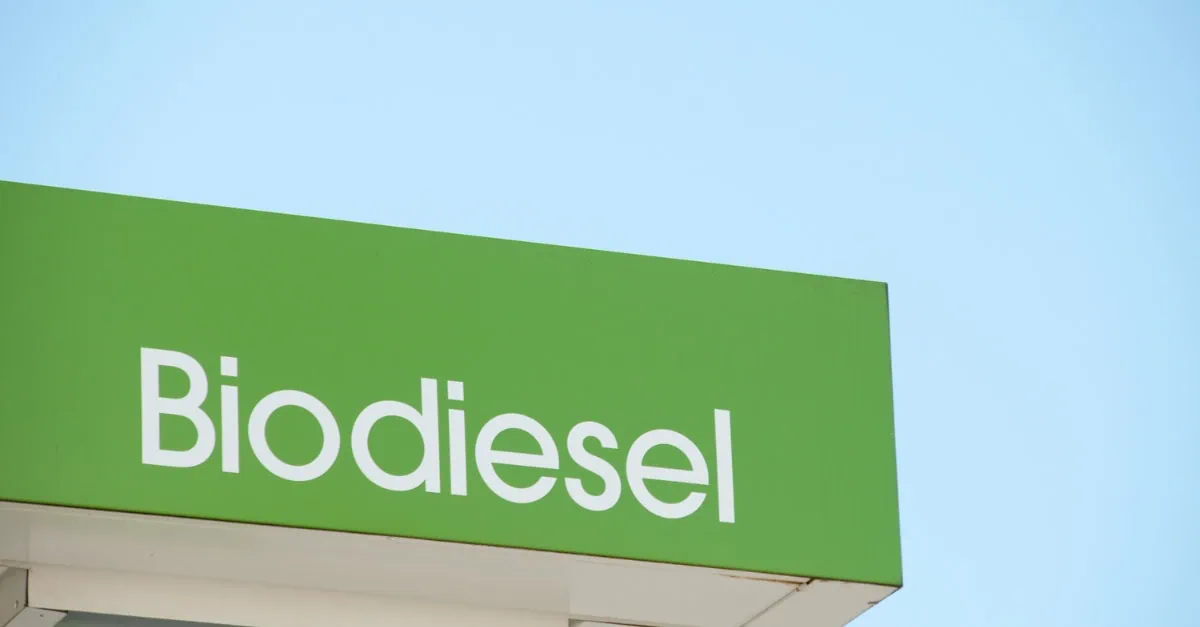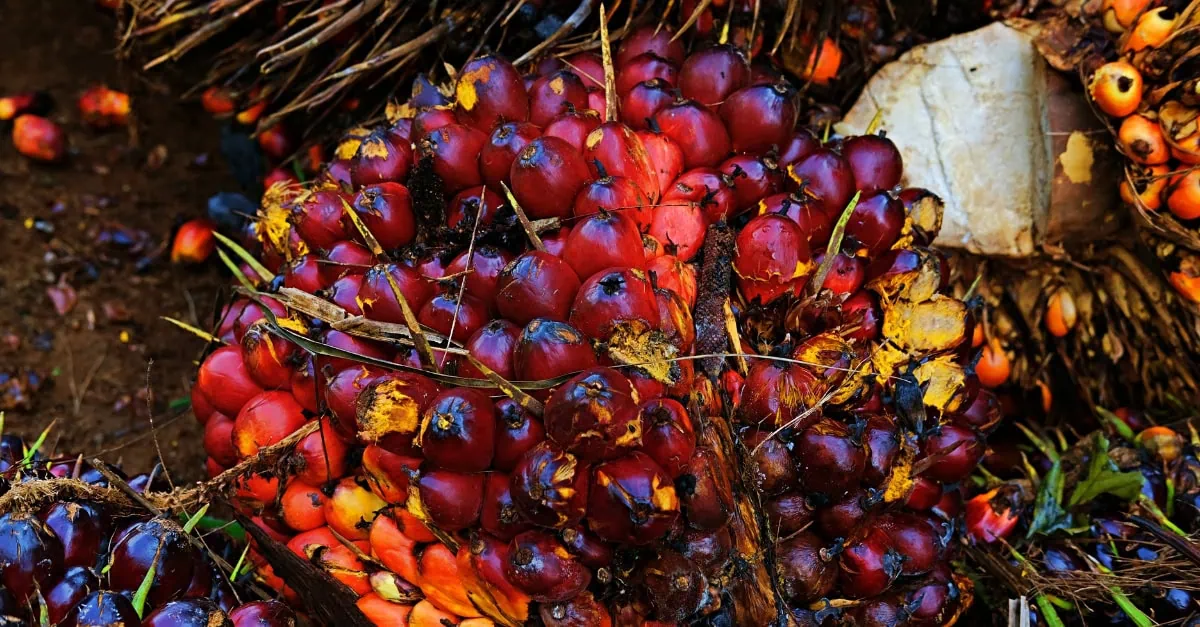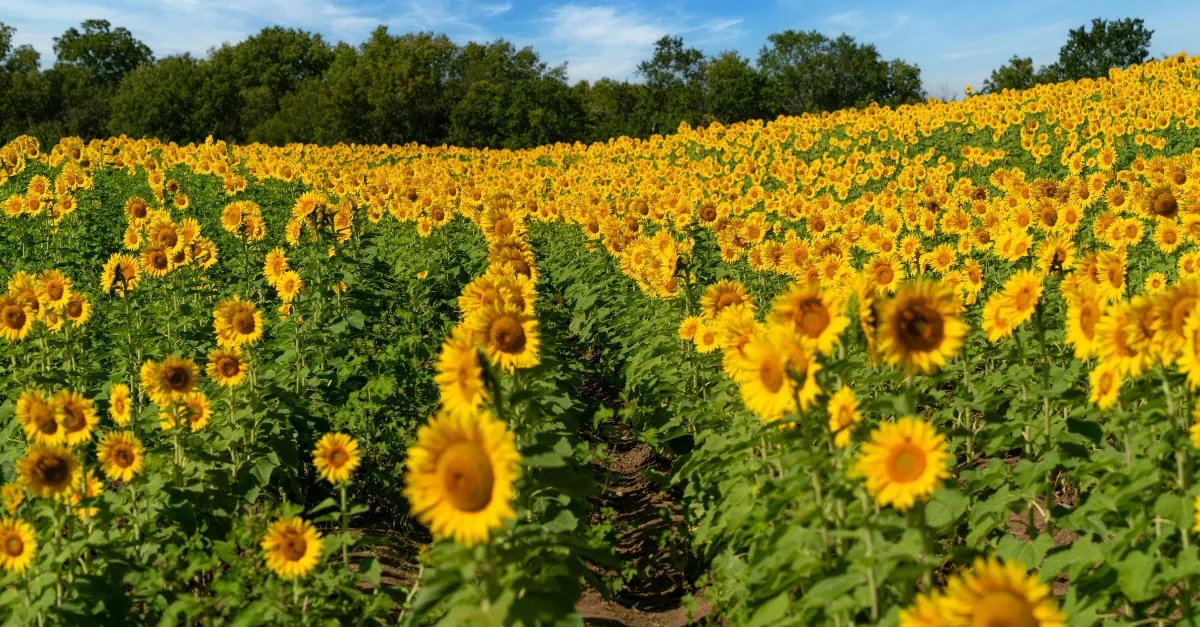Biodiesel prices are climbing, propelled by strong demand, regulatory changes, and recent disruptions in production. Here’s a breakdown of the main factors shaping the market:
1. Strong Demand for Biodiesel and Renewable Fuels to Meet Their End-of-Year Blending Targets
Biodiesel prices are on the rise, largely driven by increased demand for hydrotreated vegetable oil (HVO), as companies rush to meet their end-of-year blending targets. This surge in demand has also boosted prices for other biodiesel types, including UCOME and FAME, as companies strive to fulfill regulatory blending requirements.
2. Production Disruptions Following Refinery Fire at Neste’s Rotterdam Facility
The recent fire at Neste’s refinery in Rotterdam, Europe’s largest with a renewable production capacity of 1.4 million tons, halted operations, creating a supply gap. Some producers stepped up output to meet this deficit, but Neste still had to lower its annual sales projections for renewable products.
3. New German Quota Law Expected to Drive Demand for Biofuels in 2025 and Beyond.
Germany’s federal cabinet recently approved a draft law that prohibits companies from carrying over unused greenhouse gas (GHG) certificates from 2024 into 2025 and 2026. This policy shift will require companies to meet their GHG quotas from scratch, boosting demand for biofuels and electricity. The law is expected to bolster physical biodiesel demand in 2025 and 2026.
4. Higher Vegetable Oil Prices Driven by Tight Supply
Rising prices for feedstocks such as palm oil and soybean oil are impacting the biodiesel market. Palm oil prices have surged amid tight supply, while soybean oil futures also increased after the USDA published bullish production data. Uncertainty around possible tariff hikes by Trump on foreign biodiesel feedstocks could further support soy oil prices. Other feedstocks, including rapeseed and sunflower oil, have seen a similar upward trend.
All-in all, all according to the Vesper Price Index for West-EU (FOB ARA), the majority of biodiesel prices increased:
- RME: The RME price rose to $1,465/mt (€1,347.80) from $1,385/mt (€1,274.20) last week
- UCOME: UCOME increased to $1,462/mt (€1,345.04), up from $1,400/mt (€1,288.00) the previous week.
- FAME0: FAME0 climbed to $1,341/mt (€1,233.72) compared to $1,304/mt (€1,199.68) last week.
- FAME-10: The FAME-10 price rose to $1,452/mt (€1,335.84) from $1,359/mt (€1,250.28) last week.

Figure 1: Outright Biodiesel Prices (USD/mt)
UCO prices have also risen in both Europe and China, alongside rising POME prices, which have been driven by costly alternative feedstocks and high CPO prices. However, buying activity for POME remains limited due to uncompetitive pricing. Animal fat prices are currently stable or slightly down, but they are expected to follow the upward trend of other feedstocks in the near future.
Biodiesel prices have outpaced those for low sulfur gasoil (LSGO), which recently fell to $657/mt, down from $680/mt the prior week. This decrease was linked to OPEC’s revised forecast for oil demand growth, now set at 1.82 million barrels per day in 2024, down from an earlier estimate of 1.93 million. Weak economic signals from China, despite a new $1.4 trillion local government debt relief package, are also contributing to the softer demand outlook.
For real-time biodiesel prices, visit Vesper for free.





